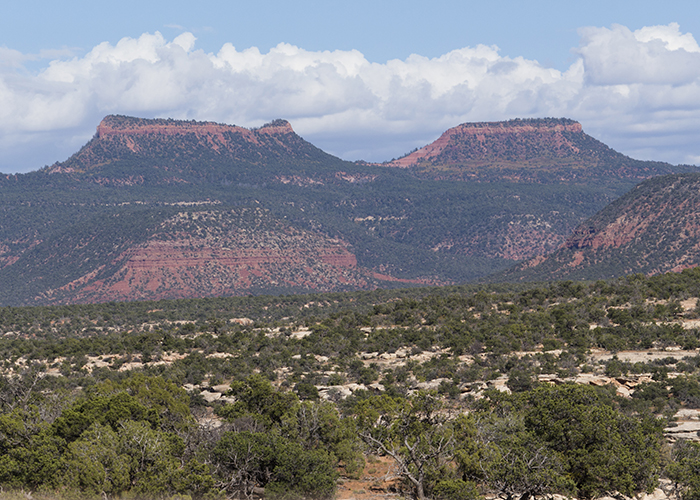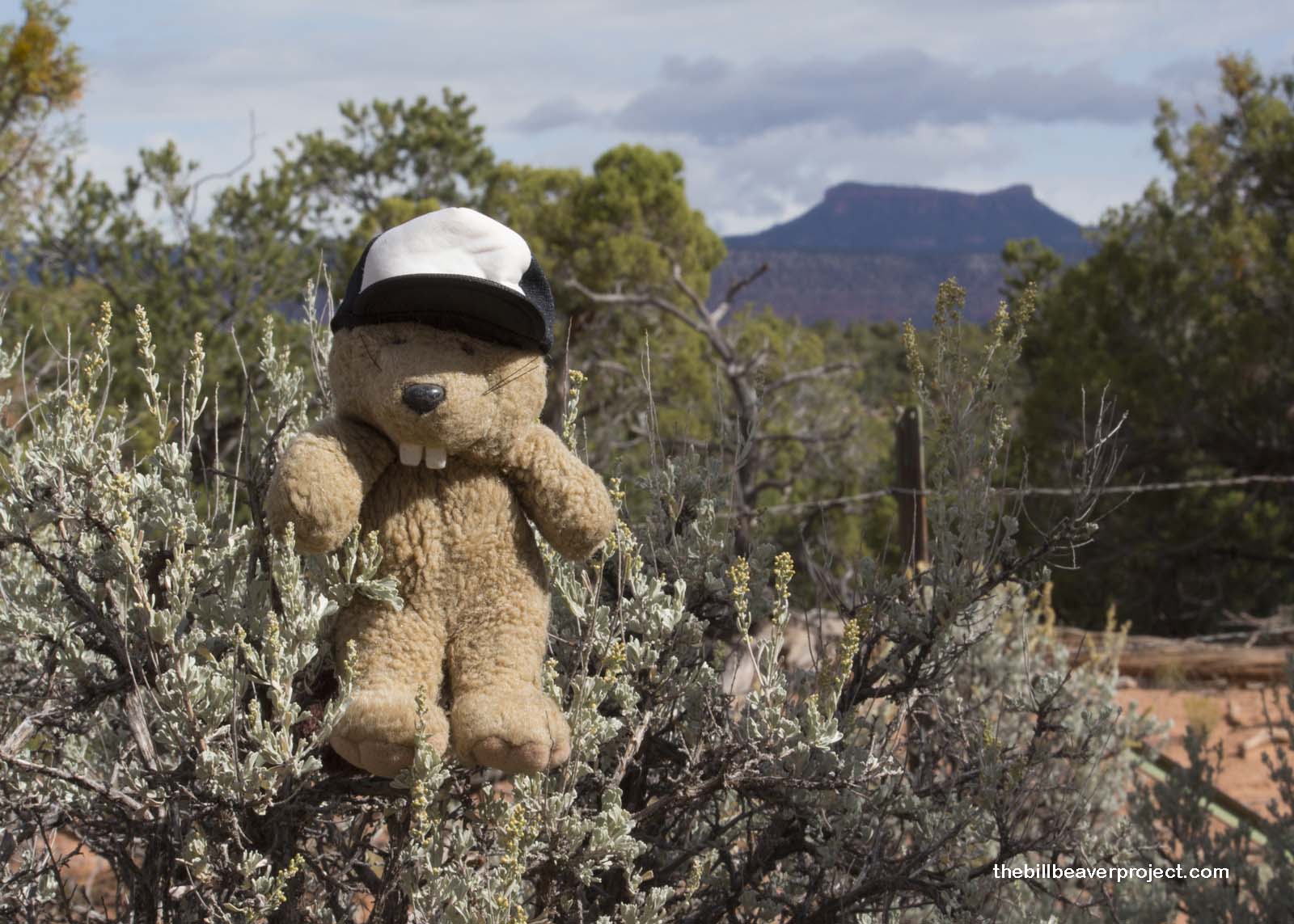 |
To look at a map of Bears Ears, you’d see a stretch of land starting just south of Moab, running along the border of Canyonlands, engulfing Natural Bridges National Monument, and continuing as far south as the town of Mexican Hat, near the Arizona border! Within that expanse are thousands of ancient remnants—ruins and petroglyphs—left behind by the ancestral Puebloan people, formerly known as the Anasazi.
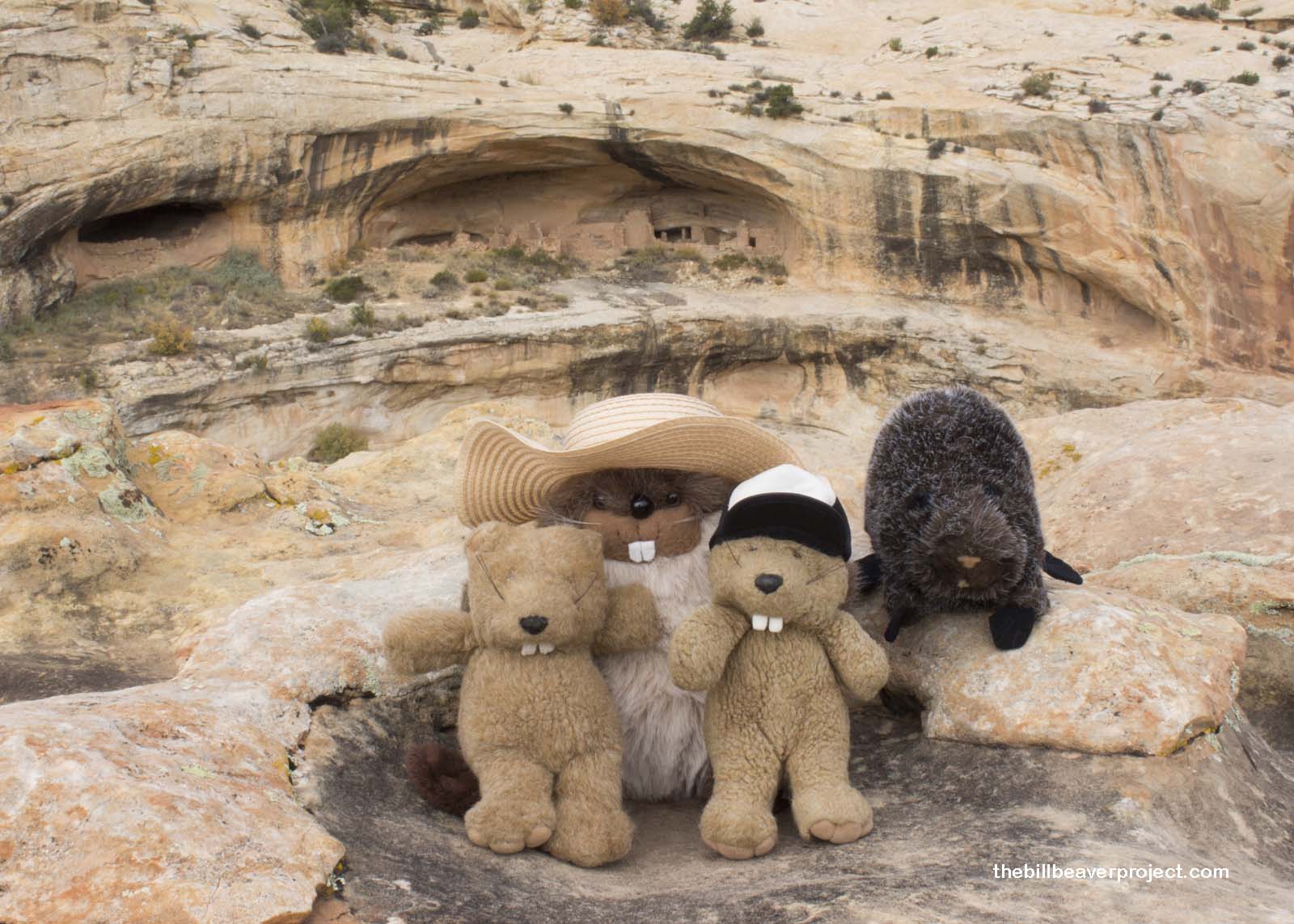 |
It’s a humongous preserve—the federal government now owns 63.1% of the land in Utah[2]—which is one of the reasons critics railed against its designation as a monument, calling it a “middle-of-the-night land grab.”
Folks had been talking about preserving Bears Ears for a long time, but no one could agree on how to do it. Before it became a monument, Utah representatives, Rob Bishop and Jason Chaffetz, had created what they called the Utah Public Lands Initiative Act in July of 2016[3], setting aside the Bears Ears area as a National Conservation Area. In some ways, the president’s use of the Antiquities Act pulled the rug out from under them.
The problem was, their bill relied on bipartisan approval in Congress at a time when partisanship was reaching a crescendo! Environmental groups wanted more land protected, and the five tribes of the Inter-Tribal Coalition, whose ancestors built the amazing structures around Bears Ears, wanted to be more than just advisors. Meanwhile, looters were pilfering and vandalizing these unprotected structures[4], so, as President Obama was on his way out, he tied up as many loose ends as he could, including Bears Ears.
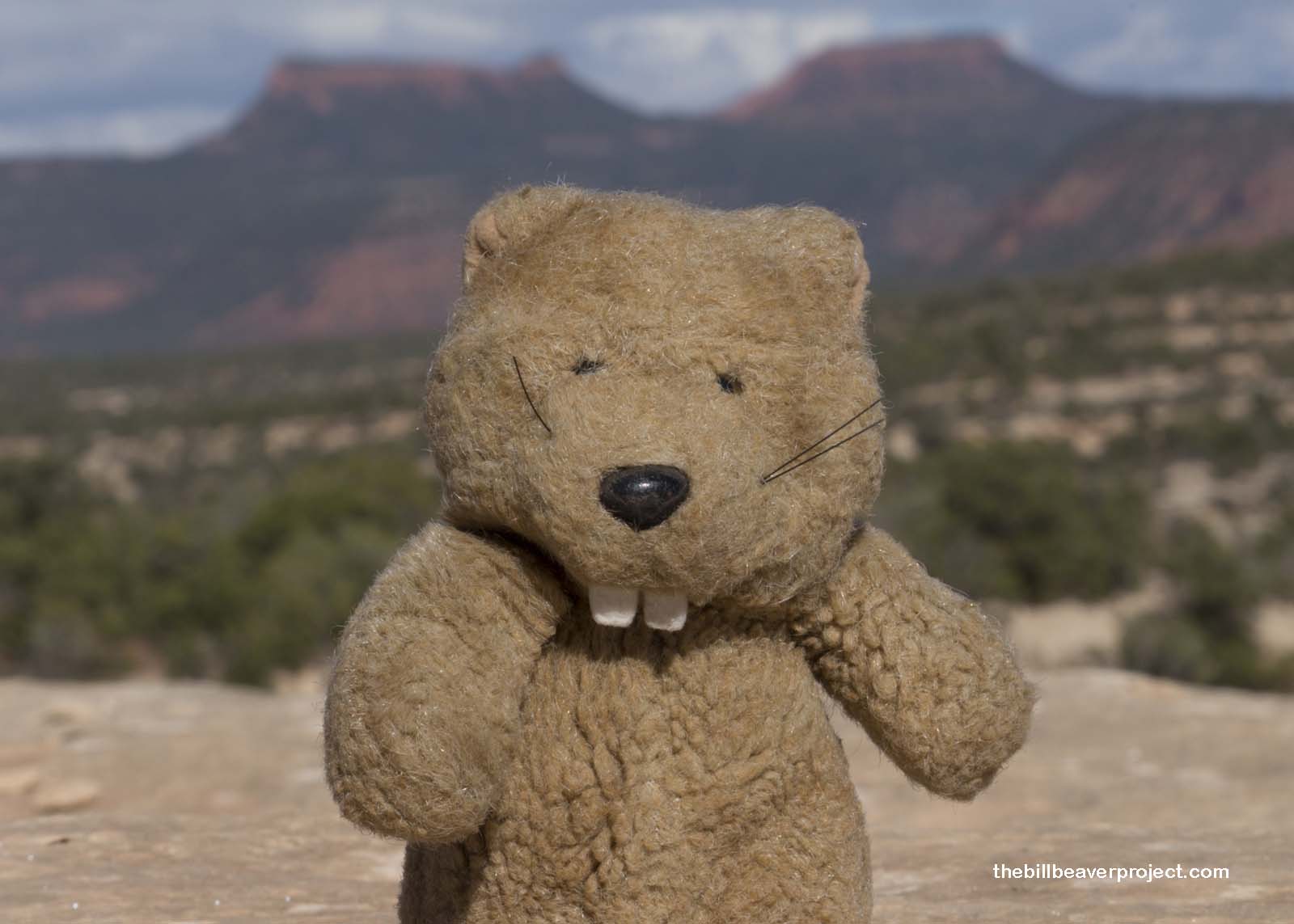 |
Now that it’s a national monument, Bears Ears will receive additional funding to stabilize and secure fragile resources like ruins and sensitive environmental areas. Roads and trails can be better maintained for recreation, informational signs can be installed, and law enforcement staff can be increased from its current single officer.
Unlike a national park, a monument still allows for hunting, fishing, off-roading (on better maintained trails), and other types of outdoor recreation.[5] Local tribes will still be able to harvest traditional herbs and ceremonial firewood as they have for thousands of years. Even existing permits for grazing and timber rights will be honored! What the monument does not allow, however, is further energy exploration and development.
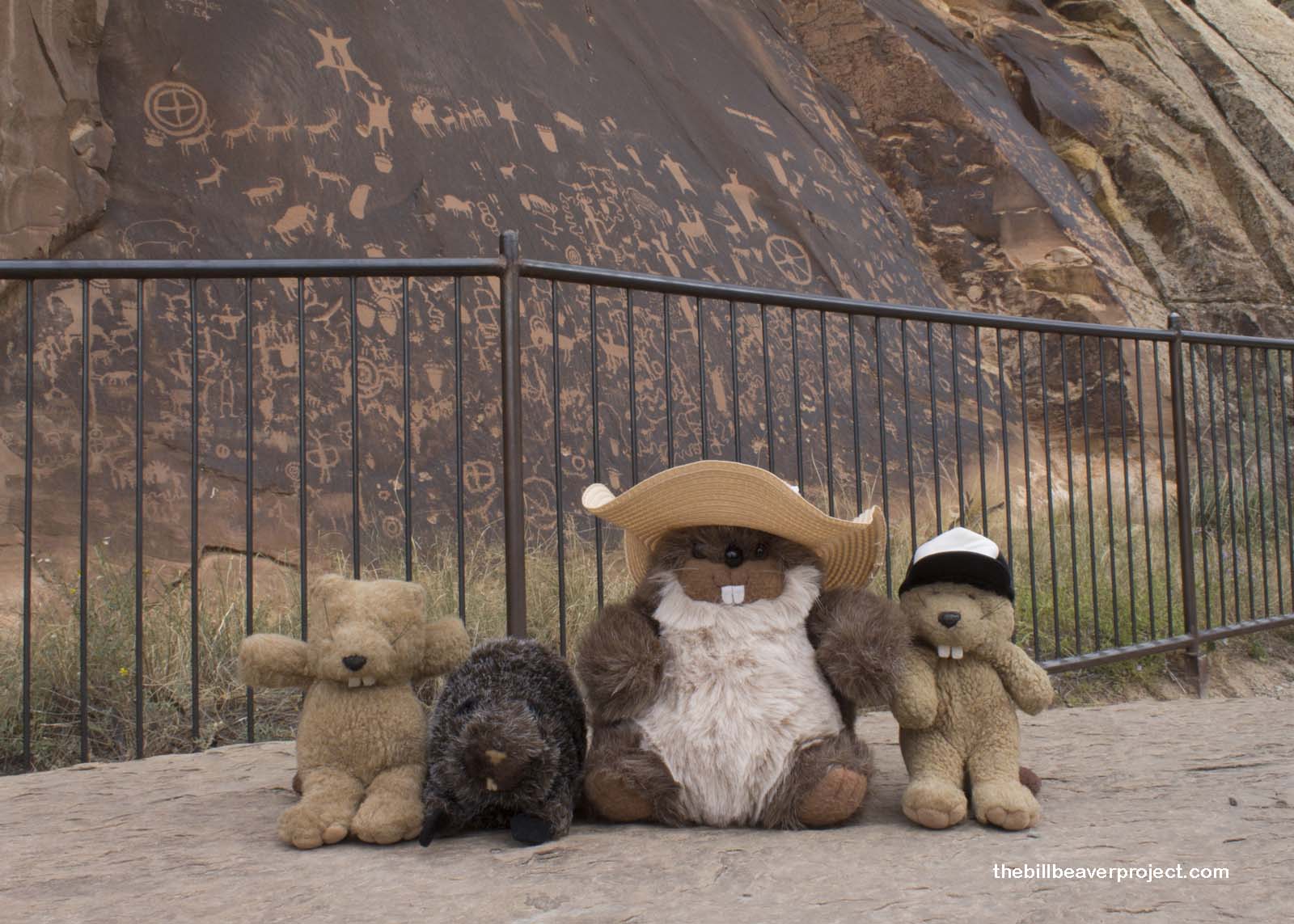 |
That left locals in a bit of a panic! Utah’s oil, gas, and coal industry generates $20.9 billion annually, which amounts to $656 million (32%) in taxes taken by state and local governments.[6] Cutting off access to natural resources seemed like a really bad idea to incoming President Trump, who, with Executive Order 13792, instructed Interior Secretary, Ryan Zinke, to launch the first ever review to see how much national monument land[7] could be privatized!
Though the fate of Bears Ears had not been announced when I visited, I did learn a few things about the energy industry in San Juan County, where Bears Ears is located. Of the 17,344 oil and gas leases registered on public land, 89.26% wells have already shut down. There are 42 new leases pending, but only nine are within Bears Ears boundaries.[8]
That’s because, in this remote region of the state, it’s expensive to locate, extract, and especially transport natural resources! The nearest oil refinery, for instance, is in Salt Lake City, over 200 miles north! Last year’s the drop in global oil prices[9] took a bite out of San Juan County’s energy industry, but as these jobs dropped off, they were replaced by government, leisure, and educational jobs! The county’s overall economy still grew![10]
Here in Utah, which has the nation’s first Office of Outdoor Products and Recreation, sending people on outdoor adventures is a $5.8 billion industry[11], employing 48,857 more people than the energy industry! Designating Bears Ears as a national monument has already drawn national interest in the area, and with more public interest come more opportunities for trail and facility construction, wilderness guides, gear outfitters, hotel owners, restaurant owners, and more!
Renewable energy in San Juan County—exemplified by the the Latigo Wind Farm near Monticello[12]—is still budding and not yet taxable, but with enough investment could open up even more job opportunities for folks living in small, rural communities.
 |
So at the end of the day, sure, the national monument designation of Bears Ears takes away some opportunities from important industries, but it also opens new opportunities for jobs and income that are so badly needed by communities in the remote parts of Utah. Best of all, the national monument can improve conservation of amazing landscapes and sacred tribal sites, while enabling more visitors to learn about and enjoy them.
Though its fate is still undetermined, I hope that the protections will stand and the value of this land will be maintained for the sake of the past and for the future.

